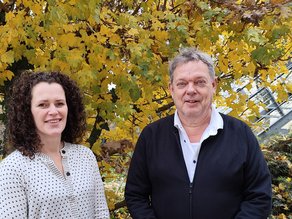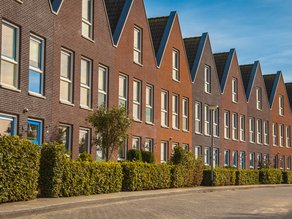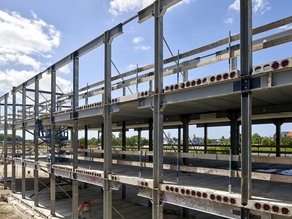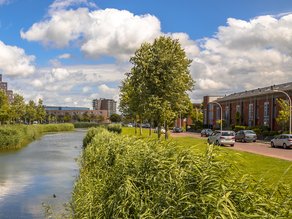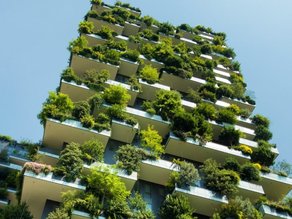Circular construction
Circular construction is about the smart use of resources and minimising environmental impact. The NMD supports making circular choices in design, execution and reuse.
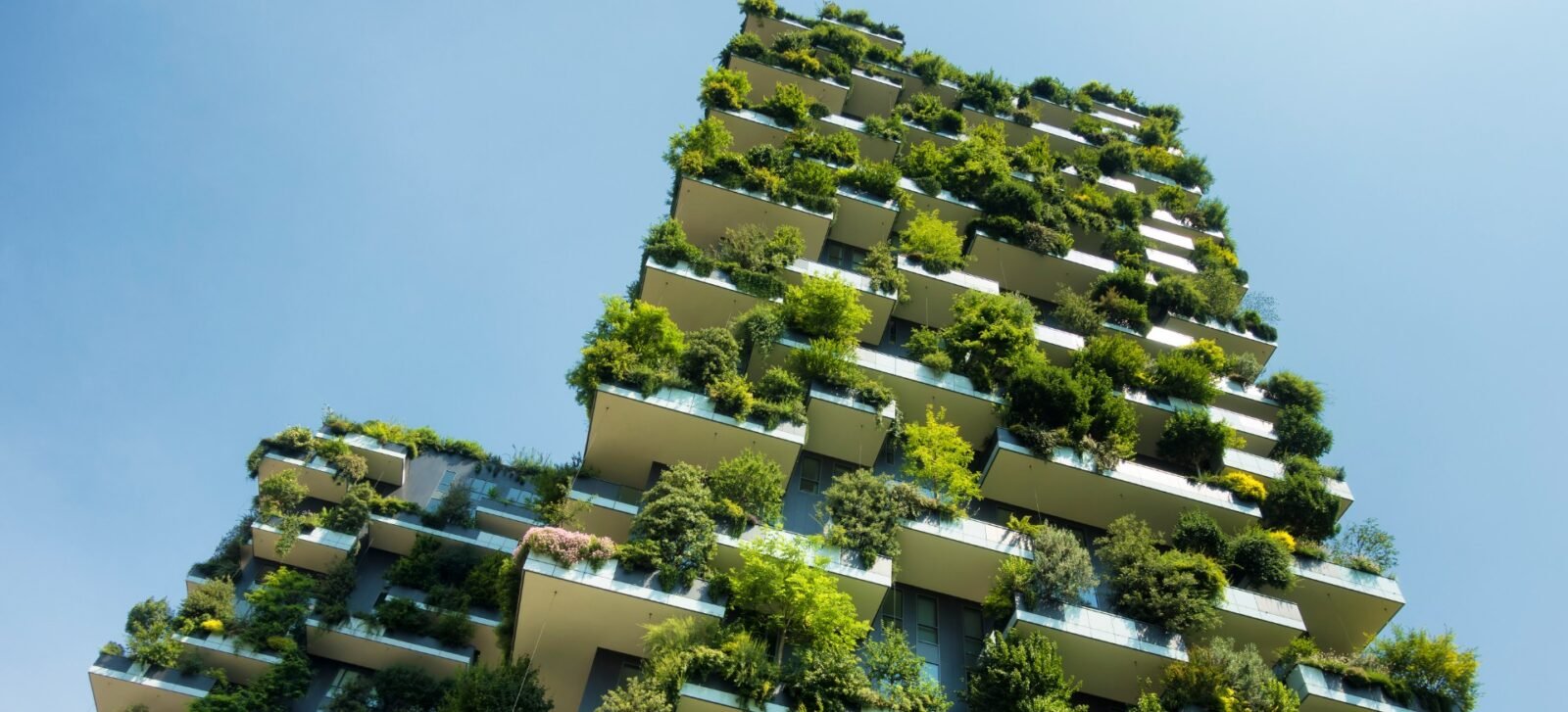
In a circular construction economy, materials and products are reused, repurposed or recycled to reduce waste and environmental harm. The NMD provides data and tools to assess the circularity of construction projects and supports professionals in making sustainable design and material choices. Read more about circular strategies, scenarios, subsidies and how the NMD aligns with them.
Frequently asked questions Circular construction
Circular construction is a form of sustainable construction. A building is circular if during construction and management the supplies are kept in a closed loop, without harmful emissions to air, water and soil. (GPR software) Building materials are circular if they are made from recycled raw materials, reusable parts or the product itself is recyclable).
Besides data on the environmental impact of construction products (environmental performance), from 1 January 2021 the NMD will also include data on the underlying parameters from a Life Cycle Assessment (LCA) report, such as material flows in kg (including secondary material input and output, material for recycling, material for reuse), the amount of renewable energy used and water consumption in the chain.
NMD is also informed of the latest developments in this area and we are involved in various research studies.
The Environmental Performance of Buildingsas value of the environmental performance of buildings does not, in itself, give any indication of a product’s circularity. The EPB value is a 1-point score of a building/structure’s environmental performance, assessed in line with the Environmental Performance Assessment Method for Construction Works. This value therefore provides an indication of the effect of the circular strategy on environmental performance. Stichting NMD is currently conducting research into indicators of circularity so that it can express circularity numerically using an LCA report in addition to the Environmental Performance of Buildings value.
Read more
